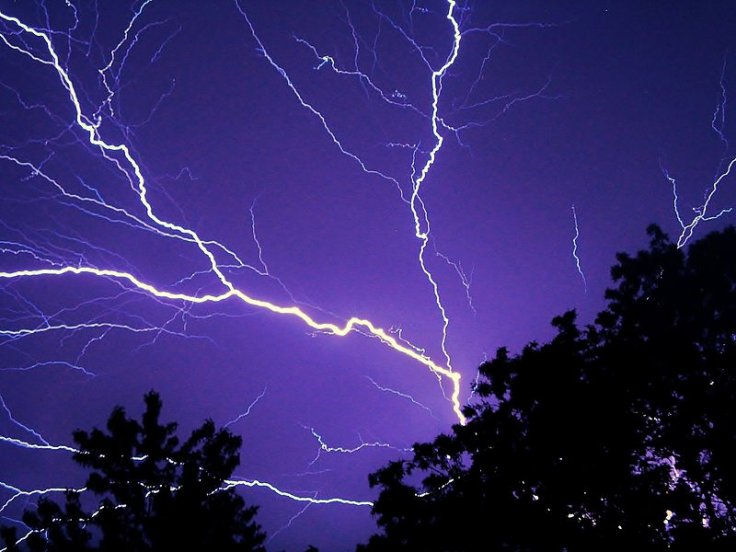
Lightning, which is one of the most unpredictable phenomena in nature and fatal killing people and animals, setting fire to homes and forests among other disasters but scientists have developed a new technology to predict when and where lightning will strike the ground.
At EPFL's School of Engineering, researchers in the Electromagnetic Compatibility Laboratory, led by Farhad Rachidi, have developed a system that can predict when lightning will strike to the nearest 10 to 30 minutes, within a 30-kilometer radius, using a combination of standard meteorological data and artificial intelligence.
The research paper, published in Climate and Atmospheric Science, a Nature partner journal, will be used in the European Laser Lightning Rod project. "Current systems are slow and very complex, and they require expensive external data acquired by radar or satellite," explains Amirhossein Mostajabi, the PhD student who came up with the technique that can cover remote regions that are out of radar and satellite range and where communication networks are unavailable. Using it, alerts can be issued even before a storm has formed.
The EPFL researchers' method uses a machine-learning algorithm that has been trained to recognize conditions that lead to lightning. For this, they used data collected over a ten-year period from 12 Swiss weather stations, located in both urban and mountainous areas.
Four parameters were taken into account: atmospheric pressure, air temperature, relative humidity and wind speed. These parameters were correlated with recordings from lightning detection and location systems. Using that method, the algorithm was able to learn the conditions under which lightning occurs.
Once trained, the system made predictions which proved correct almost 80% of the time, making it the first time that a system has been able to predict lightning strikes in real-time.









